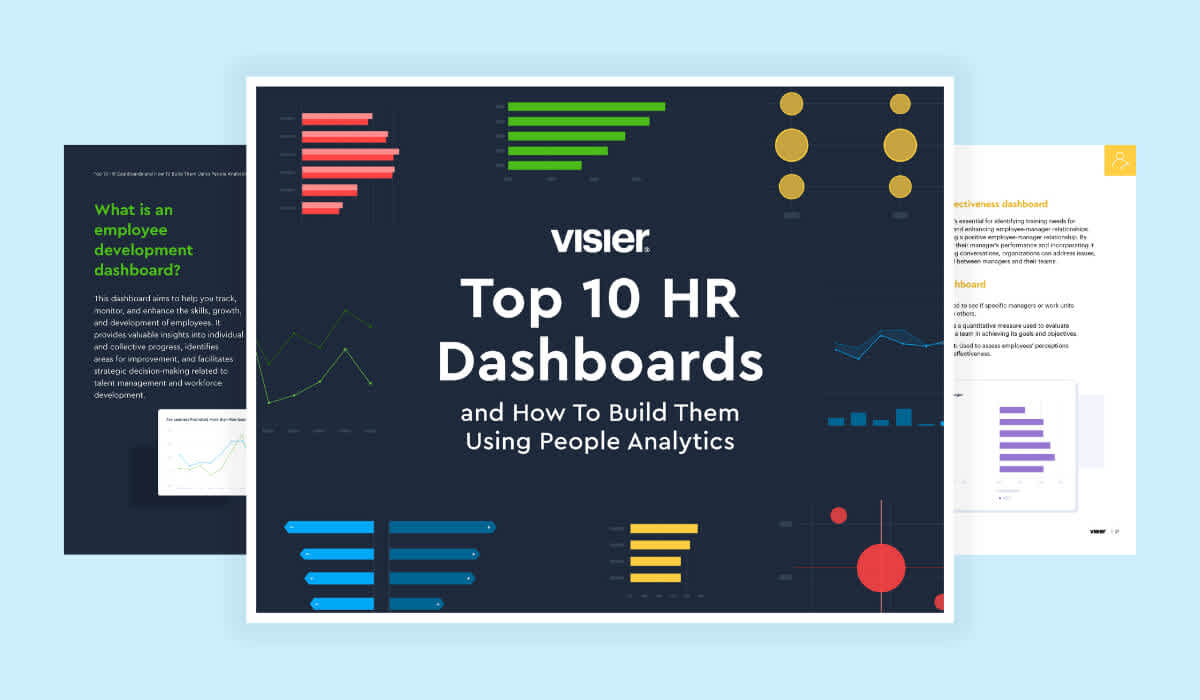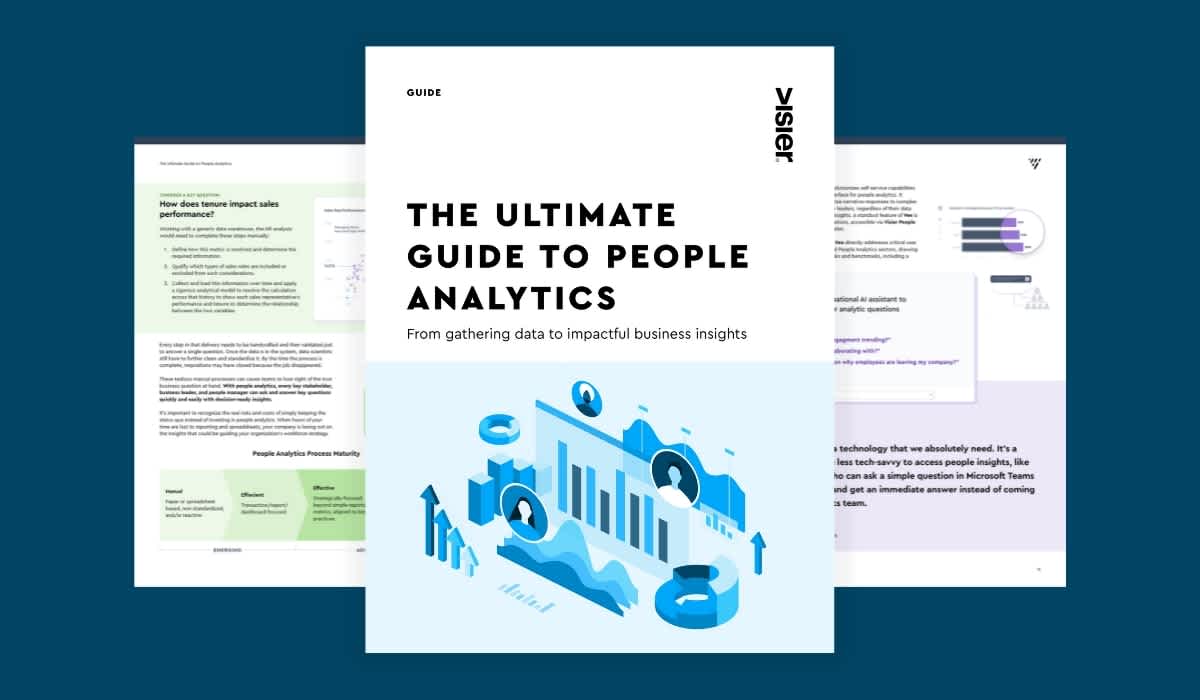7 DEI Metrics To Measure for an Inclusive Workplace
Discover why DEI metrics remain integral to corporate success and which vital metrics you should embed into your company's DNA to drive meaningful progress.

Diversity, equity, and inclusion (DEI) has been an organizational focus for several years now. A Gartner study revealed the demand for recruiters with experience in diversity hiring increased by up to 800% between 2018 and 2020. The trend slowed down for a while, but DEI isn’t going anywhere, with companies aiming to embed it in their processes.
Each company will soon have its own unique approach to DEI and its custom metrics to track. Here are the most important diversity, equity, and inclusion metrics you should track and how to use them to reach your goals.

What are DEI metrics?
DEI metrics are a way to measure your diversity, equity, and inclusion efforts. They include both qualitative and quantitative measures and can help you stay accountable in your efforts to improve DEI.
Tracking these metrics will ensure transparency. Your efforts are no longer simple promises on paper but are accompanied by data that everyone can see. DEI metrics will also help you improve engagement and retention, as diversity is often cited as one of the main reasons why people stay with a company.
How do you measure diversity, equity, and inclusion?
Diversity, equity, and inclusion can look different from company to company. To measure it, you’ll need to analyze the various aspects of your organization. Things like societal factors and industry are also not negligible. Here are a few other factors to consider when measuring DEI:
Demographics data. Look at information on aspects like race, gender, age, ethnicity, or sexual orientation. Compare it to industry benchmarks and identify areas where you could improve.
Pay analysis. Pay equity is an essential part of DEI so ensure that everyone is compensated fairly—without any pay gaps between genders or ethnicities.
Training and development. Monitor participation of different groups in training programs, ensuring everyone has equal opportunities to learn new skills.
Policies and practices. Evaluate the current DEI statement and policies. Then, assess your hiring practices and any other arrangements that support workplace inclusivity.
Promotion rates. You may be hiring people from multiple backgrounds, but do they also have equal opportunities for promotion? Examine promotion rates and practices to identify what barriers people may encounter.
7 metrics to measure DEI without missing out on any details
Tracking DEI metrics can improve your inclusivity efforts, boost transparency, and help you reach your goals. While some data will vary from company to company, depending on location, industry, and other factors, there are a few critical metrics for any business.
1. Retention
Retention shows you how many of your employees stay with the company. High voluntary turnover often indicates issues with engagement, poor employee experience, and even discrimination.
When measuring retention with DEI in mind, you’ll want to look beyond the general number. Are employees from a certain background or ethnicity leaving more than others? If the answer is yes, people likely feel discriminated against, so it’s a good moment to revise your DEI practices.
2. Hiring
Diversity usually begins with the hiring process. Here, you’ll need to pay attention to two areas:
Your applicant pool and the subsequent candidate slate
The hiring panel
You can’t control who applies for a position. But you can make sure your job ads are inclusive and don’t contain any language that might be perceived as discriminatory.
Your candidate slate includes the list of people you shortlist for a position. Ensure you have a diverse slate, with people coming from multiple backgrounds, identities, and experiences.
Your hiring panel is also critical. Unconscious bias is a real issue and can seriously slow down your DEI efforts. The more diverse your hiring panel is, the more chances they’ll reach an unbiased, objective decision.
3. Internal mobility
Employees want opportunities to grow. Internal mobility includes both lateral and vertical movement in a company.
Vertical movement, otherwise said, promotions, are a critical number, especially in the context of DEI. You need to make sure no group ends up stuck behind a glass ceiling with no prospects of growing in sight.
Lateral movement can also be important to DEI. Sometimes people outgrow their positions. Their current job may become redundant, but their skills could be valuable elsewhere.
Internal mobility is also a good indicator of how inclusive your training and development programs are. If one group has no access to such programs while another participates all the time, there’s potential discrimination that you’ll need to address.
4. Pay equity
Equal pay for people who do equal work and have similar experience and seniority should be a top priority for DEI. And yet, pay gaps between genders of as much as $30,000 per year exist according to an SHRM survey.
Look at your compensation practices to spot any gross disparities. Don’t forget to take bonuses and benefits into consideration and ensure everyone is fairly compensated for their work.
5. Employee satisfaction and engagement
Employee engagement and satisfaction are two key markers of employee experience. Those who have a good experience will be happy with their job, will engage with their peers, and will perform better.
There are a wide variety of factors that contribute to a positive employee experience. One of the most impactful ones is a diverse and inclusive workplace.
But there’s also another angle to take when looking at satisfaction and engagement as DEI metrics. How do employees from various backgrounds and identities score in engagement?
If you constantly have low engagement and satisfaction from minority groups, it’s safe to say your DEI practices could use some improvement.
6. Leadership
We saw earlier how unconscious bias can make its way into a hiring team, especially when that team has no diversity. The same is true for leadership, though here, the stakes are higher. A McKinsey study found that companies with gender diversity in the leadership team are 25% more likely to perform well.
In 2020, 7.4% of CEOs of top 500 Fortune companies were female. This was the highest number at the time, but still a low number overall. By 2023, the percentage increased to 10.6%, a positive trend for leadership diversity.
Gender diversity on your leadership team is not the only one you should care about. Look at people’s backgrounds, ethnicity, identities, and more, and try to answer a few critical questions:
Does everyone have equal opportunities to be promoted?
Are succession planning programs open to all regardless of background, gender, or identity?
Do non-white employees have a longer, more tedious career path as opposed to white employees?
7. Accessibility
A truly inclusive workplace will prioritize accessibility for all. Make sure you offer enough accommodations for people with disabilities, such as easy access to bathrooms, elevators, and any other equipment they may need. Recognize cultural holidays and offer support for those who have newborns.
Ensure your workplace is set up to support neurodivergent employees. For instance, an employee with autism might find it impossible to work in an open space but will thrive in a quieter one. At the same time, someone with ADHD could thrive in a stimulating, fast-paced office with an open space plan, but might struggle to focus in a closed, small office.

Using people analytics to measure DEI accurately
To make meaningful DEI improvements, you need to understand your workforce. Use people analytics to gain insights into various aspects of your organization, like talent acquisition, learning and development programs, retention strategies, and DEI initiatives. Use it to compare historical data with current measures to understand what's working—and what's not working—in your current strategy. Leverage predictive HR analytics to forecast the impact certain changes can have to inform your strategy.
These insights allow you to take targeted actions, such as adopting bias-aware hiring practices, creating inclusive leadership training, or promoting diverse mentorship programs. By regularly monitoring and evaluating DEI metrics with people analytics, you can track progress, pinpoint areas for improvement, and work towards creating a more fair and inclusive workplace.

Using people analytics and AI, HR teams can quickly see key DEIB insights like gender representation by job tier.
On the Outsmart blog, we write about workforce-related topics like what makes a good manager, how to reduce employee turnover, and reskilling employees. We also report on trending topics like ESG and EU CSRD requirements and preparing for a recession, and advise on HR best practices like how to create a strategic compensation strategy, metrics every CHRO should track, and connecting people data to business data. But if you really want to know the bread and butter of Visier, read our post about the benefits of people analytics.



